Installing wall cabinets can be a daunting task. You may be wondering how to install wall cabinets without studs. Or maybe you’re just not sure where to start. This blog post will walk you through the entire process step-by-step! It will show you how to find the studs in your wall, choose the right cabinet for your space, and install it like a pro!
What are Wall Cabinets?
Wall cabinets are pieces of furniture used to store items and display decorative objects. They are typically hung on the wall, providing additional storage space in a room without taking up floor space. Wall cabinets come in a variety of sizes, materials, and styles so they can be tailored to suit any design aesthetic or storage need.
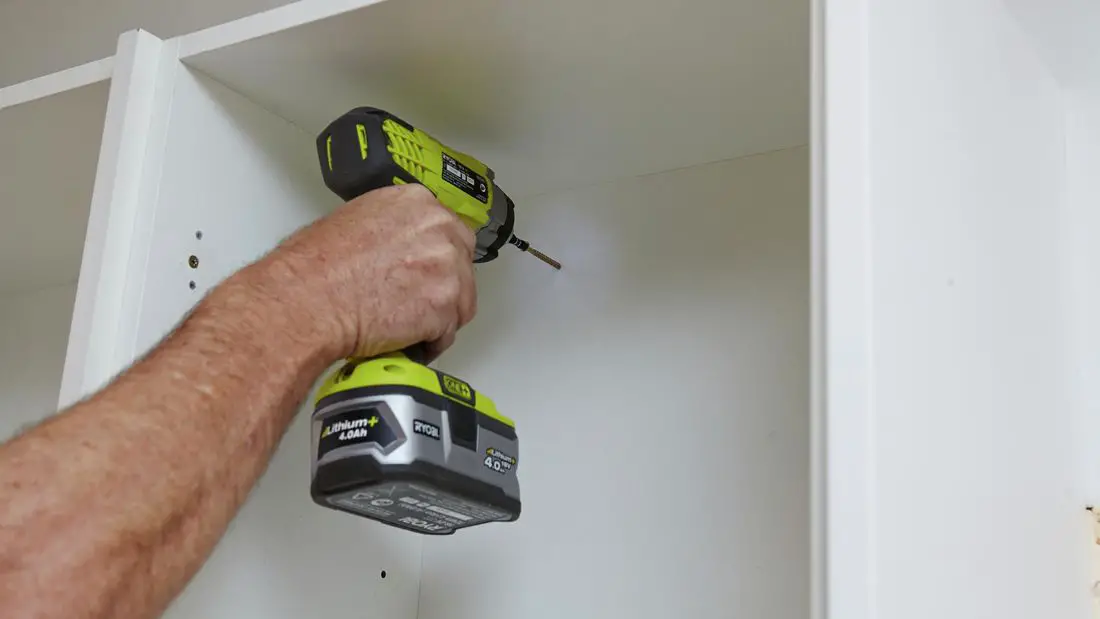
Some common features of wall cabinets include adjustable shelves, drawers, and doors for easy access to stored items. Wall cabinets can also have recessed lighting or open-backs for an airy look. By using wall cabinets, you can save valuable floor space while still keeping your home organized and stylish.
Design ideas for Wall Cabinets
Wall cabinets provide a stylish and practical way to keep your home organized. Whether you prefer open shelves or closed doors, there’s no shortage of design ideas to choose from when styling your wall cabinet. Here are some popular design ideas to get you started:
- Use a bold color scheme – Monochromatic colors can be striking when used in wall cabinets, as they create an eye-catching contrast against the wall. Try combining shades of the same color for an interesting look that will add dimension and depth to the space.
- Add decorative hardware – Upgrading your hardware is one of the easiest ways to transform any cabinet into a statement piece. Opt for luxurious finishes like brass, bronze or gold for an elegant touch, or go for something more modern like brushed nickel or chrome.
- Incorporate glass – Adding glass doors to your wall cabinets can create an airy and open look that is great for displaying small items or collectibles. Plus, it will help to make a room appear larger by allowing light to pass through the cabinet.
- Change up the shelves– Adjustable shelves are ideal for creating custom storage solutions that work with your space. They also give you the flexibility to arrange them however you like so you can maximize the amount of space available in each cabinet.
- Hang artwork – Wall cabinets don’t just have to be used for storage; they can also be used as a gallery wall where you can hang art, photos, or other decor. This is a great way to add some personal flair and make the cabinets stand out.
No matter what design ideas you choose, wall cabinets can be an attractive addition to any room. With so many chic options available, there’s sure to be something that fits your style and needs perfectly [2]!
Guide for Installing Cabinets Without Studs
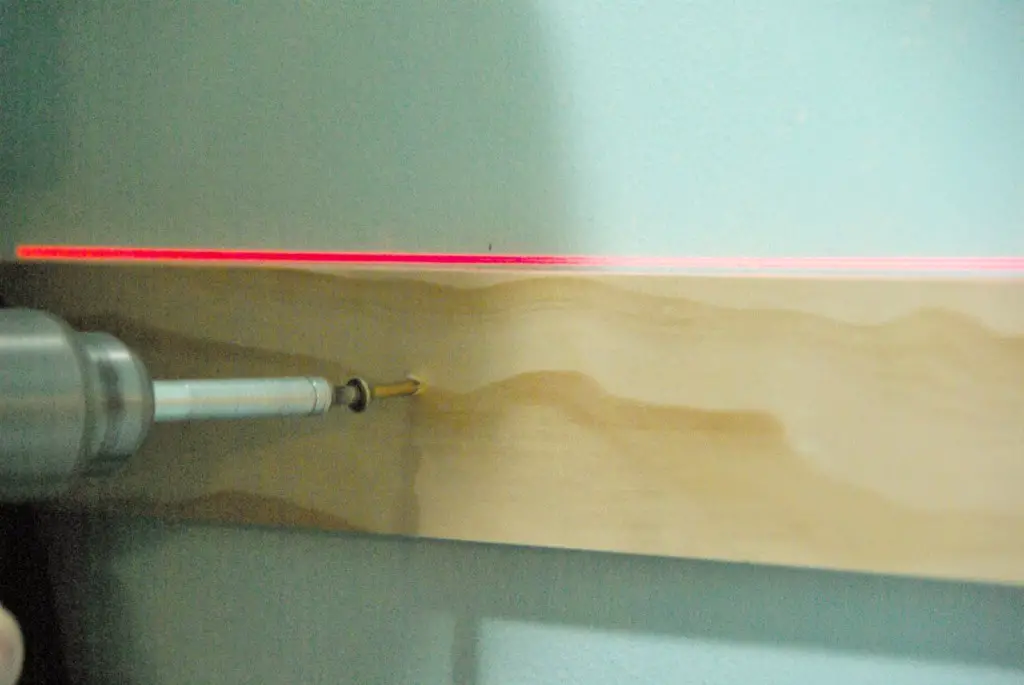
Preparing Your Toolbox
The most important part of any installation project is having the right tools. Installing cabinets without studs requires a variety of tools that include:
- Drill or impact driver
- Hammer
- Level
- Measuring tape
- Marker
- Wood screws
- Wall anchors, such as toggle bolts or molly bolts
These tools will help you ensure that your cabinets are installed safely and securely.
Surface Preparation and Measurements
Before starting to install your cabinets without studs, you must take some preparatory steps. Make sure surfaces are clean and flat. If you’re installing an over-drywall, use a level to check for any dips or uneven spots in the wall. It’s also important to measure carefully; this will help ensure accuracy and help prevent any misalignments.
Installing the Cabinets
Once you have your tools and the wall is prepared, it’s time to start installing the cabinets. Here are some steps to get you started:
- Start with a template – create one out of cardboard or poster board, cut it slightly larger than your cabinet dimensions, and use it as a reference when marking and drilling holes in drywall.
- Drill pilot holes into the drywall using an appropriate drill bit size for the anchors you plan to use (e.g., 1/8 inch for molly bolts).
- Position your cabinet frame against the wall and level it before securing it with screws through pilot holes into wall anchors.
- Secure the cabinet firmly in place using an appropriate screw size for your wall anchors.
- Make sure everything is level and secure all of the cabinets together according to the instructions provided with them.
Finishing Up
Once you have secured all of your cabinets, it’s time to finish up. You may need to do some additional caulking and painting depending on the type of material used for your cabinets and walls, as well as any trim pieces needed to complete the look. If there are any gaps between your cabinets and walls, use caulk or spackling paste to fill them in before painting and installing hardware.
Finally, install handles, knobs, and other hardware according to manufacturer directions, and enjoy your new cabinets [3].
Can You Hang Kitchen Cabinets Using Drywall Anchors?
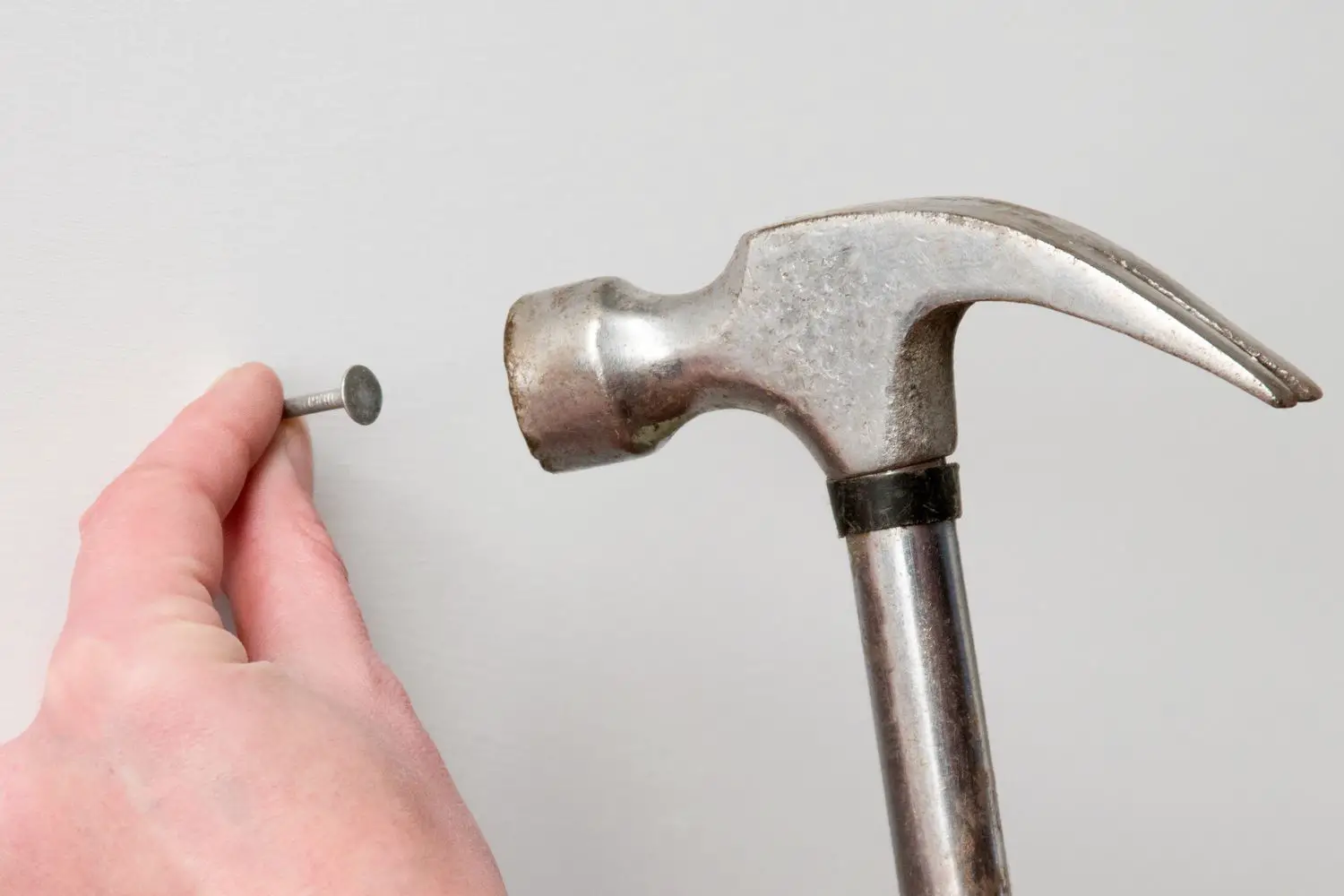
Expansion Anchors
Expansion anchors are a common type of drywall anchor that can be used to mount heavier items like kitchen cabinets. These anchors work by expanding as they are inserted into the wall and provide a secure hold. When choosing an expansion anchor, it is important to consider the weight of the item being hung, so that you select an anchor with enough support for the job at hand.
When installing an expansion anchor for a kitchen cabinet, it is best to drill pilot holes to ensure accurate placement and prevent cracking or other damage from occurring during installation. Once all pilot holes have been drilled, use a hammer or screwdriver to carefully insert the expansion anchors into each hole, ensuring they are firmly seated in the wall.
Once all anchors have been inserted, the mounting hardware for your kitchen cabinet can be secured to the expansion anchors.
Toggle Bolts
Another type of drywall anchor that may be used to hang a kitchen cabinet is a toggle bolt. These bolts work by expanding inside the wall once they are tightened and provide extra strength and stability compared to other types of drywall anchors. They also require larger pilot holes than expansion anchors, so it is important to make sure you have the proper-size drill bit when using them.
To install a toggle bolt, start by drilling pilot holes for each hole that will receive an anchor; then use a hammer or screwdriver to carefully insert each anchor into its respective hole.
Once all anchors are in place, secure the mounting hardware for your kitchen cabinet to the toggle bolts.
Threaded Anchors
Threaded anchors are another option for hanging kitchen cabinets, and these function similarly to toggle bolts. To install a threaded anchor, start by drilling the necessary pilot holes; then use a hammer or screwdriver to carefully insert each anchor into its respective hole. Secure the mounting hardware for your kitchen cabinet to the threaded anchors, making sure that all anchors are firmly seated in place.
Molly Bolts
Molly bolts are a type of drywall anchor that can be used to hang kitchen cabinets. To install molly bolts, start by drilling the necessary pilot holes; then use a hammer or screwdriver to carefully insert each anchor into its respective hole. Next, secure the mounting hardware for your kitchen cabinet to the molly bolts, making sure all anchors are firmly seated in place.
When using molly bolts, it is important to make sure they are not overtightened as this could damage the wall and weaken the hold of the bolt.
How to maintain Wall Cabinets?

Wall cabinets come in a range of materials, sizes, and styles. Regardless of what type you have installed in your home, there are certain steps you can take to help prolong their life of them and ensure they look their best for years to come:
- Clean Regularly – Regular dusting with a soft cloth will help keep dirt and grease from building up on the surface of your cabinet. Once a month use a mild detergent and warm water to give it a thorough cleaning. Dry immediately after with another clean soft cloth.
- Protect from Sunlight – Direct sunlight can fade surfaces over time so try to limit exposure whenever possible by using curtains or blinds. If necessary, you could also apply an appropriate UV protectant to reduce fading.
- Avoid Harsh Chemicals – Most household cleaners are safe for use on wall cabinets but avoid harsh chemicals, such as bleach, that can damage the finish or cause discoloration.
- Repair Damage Immediately – If you notice any damage, such as cracking wood or a loose door hinge, it’s best to repair it quickly with appropriate materials and techniques rather than leaving it to worsen over time.
- Replace Hardware Periodically – Cabinet hardware like handles and pulls may need to be replaced periodically due to wear and tear from use or modernizing your style. This is an easy task to do yourself if necessary.
- Touch-Up Finish – Keep touch-up paint on hand for any scratches or nicks that occur over time. This will help restore the original look of the cabinet and prevent further damage from occurring.
- Re-Stain – For wood cabinets, you may need to re-stain them every few years to keep them looking their best and protect them from wear and tear.
Follow the manufacturer’s instructions for application and drying times when doing this. Following these steps will help ensure your wall cabinets continue to look great for many years to come[4]!
FAQ
How do you hang heavy cabinets without studs?
There are several different options for hanging heavy cabinets without studs, including using toggle bolts, anchor screws, and mounting plates. Toggle bolts are a great option for hanging heavier items because they have wings that expand behind the wall once tightened, providing a secure hold.
However, these should only be used in drywall or plaster walls as they can cause damage to other types of wall materials such as brick or tile.
Anchor screws are another good option for hanging heavier items like kitchen cabinets without having to locate studs. These screws come with an attached sleeve that expands when inserted into the wall cavity, providing a secure hold. Anchor screws typically require pre-drilling holes to ensure a proper fit.
Do cabinets have to go into studs?
No, cabinets do not necessarily have to go into studs. There are several other options for securely hanging heavy items without having to locate studs. Some of these include using toggle bolts, anchor screws, and mounting plates. Each option has its own set of pros and cons, so be sure to read up on each one before making a decision about which one is best for your application.
Can I hang cabinets without anchors?
Yes, you can hang cabinets without anchors in some cases if the weight of the item being hung is light enough or if the wall material is strong enough to support it. However, when hanging heavier items such as kitchen cabinets it’s always best practice to use an appropriate anchor system to ensure a secure hold.
Additionally, it’s important to be aware that some wall materials such as drywall or plaster may not provide enough support for a heavy cabinet and could lead to damage if the item isn’t properly secured.
What are the best anchors for cabinets?
The best type of anchor for hanging a kitchen cabinet depends on the weight of the item being hung, as well as the wall material. Toggle bolts are one of the most popular options for heavier items, while plastic expansion anchors work great in studs or concrete walls. Anchor screws are another great option because they come with an attached sleeve that expands when inserted into the wall cavity, providing a secure hold without damaging your walls.
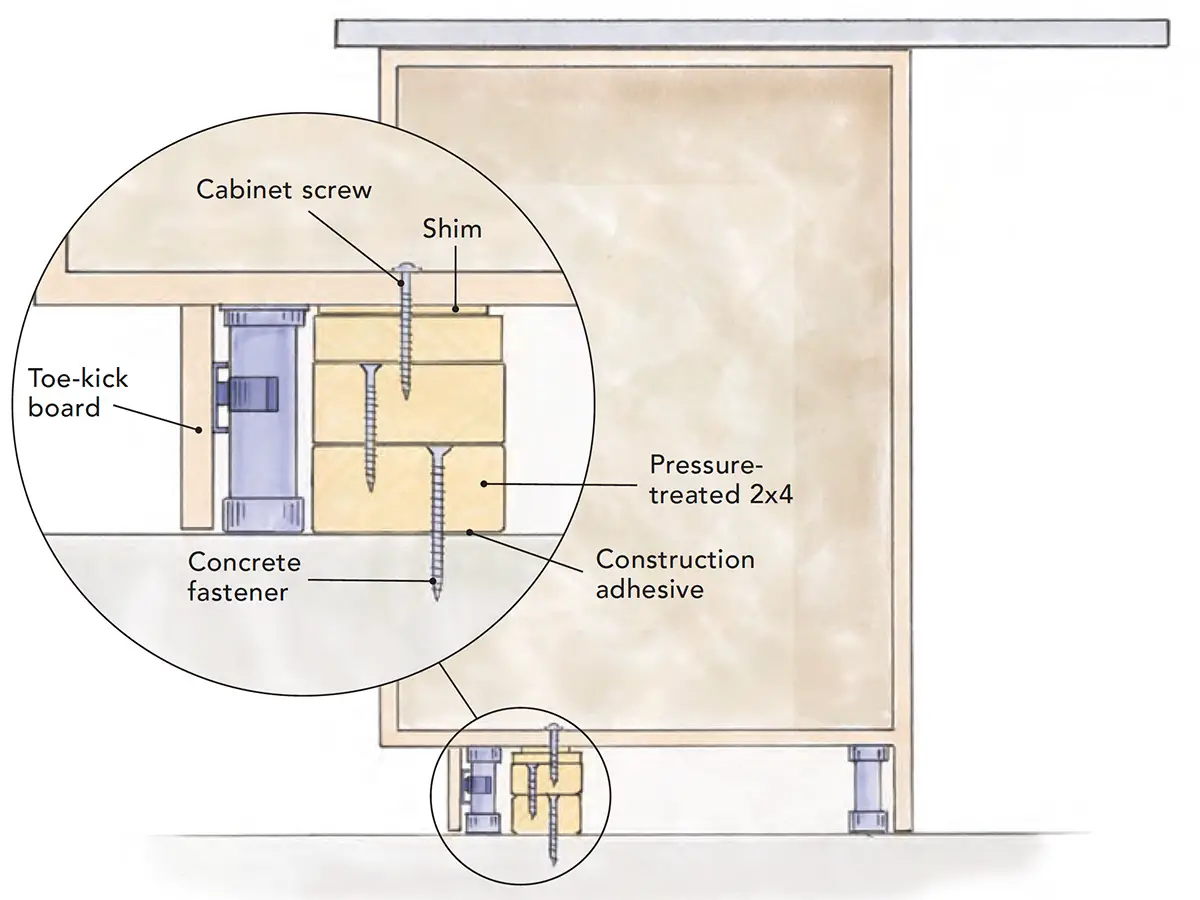
Finally, mounting plates can also be used in some cases to provide a secure hold without having to locate studs or use anchors.
Are toggle bolts safe for walls?
Yes, toggle bolts are generally considered safe for drywall and plaster walls as they don’t cause any damage when installed correctly. However, they should not be used on other types of wall materials such as brick or tile as the wings can cause damage to these surfaces.
Additionally, it’s important to ensure that the size and length of the toggle bolt is appropriate for the item being hung to ensure a secure hold.
What type of screws are used for cabinets?
The type of screw used depends on the application and weight of the item being hung. For lighter items, standard wood screws are typically sufficient. For heavier items like kitchen cabinets, it’s best to use a more secure type of screw such as toggle bolts, anchor screws, or mounting plates.
Additionally, it’s important to be aware that some wall materials may require pre-drilling holes for the screws to fit properly.
Can I mount a cabinet on drywall?
Yes, you can mount a cabinet on the drywall as long as the weight of the item is light enough or if an appropriate anchor system is used. Toggle bolts, anchor screws, and mounting plates are all good options for securely hanging heavier items such as kitchen cabinets without having to locate studs.
Additionally, it’s important to be aware that some wall materials may require pre-drilling holes for the screws to fit properly.
How much weight can drywall hold without studs?
The amount of weight a drywall can hold without studs is dependent on several factors, including the type of anchor used, the size of the screws, and the strength of the wall material. Generally speaking, lightweight items such as shelves or picture frames can typically be hung on drywall without needing to locate a stud. Heavier items like cabinets should always be secured with an appropriate anchor system to ensure a secure hold.
Finally, it’s important to note that some wall materials such as plaster or cement board may not provide enough support for heavier items and could lead to damage if these items aren’t properly secured.
Therefore, it’s best practice to use an appropriate anchor system when hanging any heavy item regardless of the wall material.
Are screws or nails better for cabinets?
Screws are generally considered to be better than nails for hanging kitchen cabinets as they provide a more secure hold. Additionally, it’s important to be aware that some wall materials may require pre-drilling holes for the screws to fit properly and that using an appropriate anchor system is always recommended for heavier items such as cabinets. Nails can also work in certain situations but should generally only be used on lightweight items.
Additionally, nails are not typically recommended for drywall or plaster walls as they can cause damage when installed.
Ultimately, it’s best practice to use whatever type of fastener is appropriate for the application and weight of the item being hung.
How much weight can plaster walls hold?
The amount of weight a plaster wall can hold is dependent on the strength of the wall material, the size of the screws, and the type of anchor used. Generally speaking, lightweight items such as shelves or picture frames can typically be hung on drywall without needing to locate a stud but heavier items like cabinets should always be secured with an appropriate anchor system to ensure a secure hold.
Additionally, it’s important to note that some types of anchors may not provide enough support for heavier items and could lead to damage if these items aren’t properly secured. Therefore, it’s best practice to use an appropriate anchor system when hanging any heavy item regardless of the wall material.
How do you hang cabinets on a hollow wall?
Hollow walls, such as drywall or plaster, require special fasteners that can securely support the weight of a kitchen cabinet. Toggle bolts, anchor screws, and mounting plates are all good options for hollow walls as they provide a more secure hold than standard wood screws.
Additionally, it’s important to be aware that some wall materials may require pre-drilling holes for the screws to fit properly. Ultimately, it’s best practice to use whatever type of fastener is appropriate for the application and weight of the item being hung.
How do you secure a vanity to a wall without studs?
Securing a vanity to a wall without studs requires the use of specialized fasteners. Toggle bolts, anchor screws, and mounting plates are all good options for securely hanging heavier items such as vanities without having to locate studs. Additionally, it’s important to be aware that some wall materials may require pre-drilling holes for the screws to fit properly.
Ultimately, it’s best practice to use whatever type of fastener is appropriate for the application and weight of the item being hung.
How much weight can drywall hold without studs?
The amount of weight a drywall wall can hold without studs is dependent on the size of the screws and the type of anchor used. Generally speaking, lightweight items such as shelves or picture frames can type fasteners and be hung on drywall without needing to locate a stud but heavier items like cabinets should always be secured with an appropriate anchor system to ensure a secure hold.
Additionally, it’s important to note that some types of anchors may not provide enough support for heavier items and could lead to damage if these items aren’t properly secured. Therefore, it’s best practice to use an appropriate anchor system when hanging any heavy item regardless of the wall material.
Useful Video: Alternative EASY Way to Hang Cabinets
Conclusion
Installing wall cabinets without studs is possible, but it takes some extra preparation and effort. To ensure the cabinets remain securely mounted, you must use heavy-duty anchors and screws to attach them to the wall. Additionally, if there are no studs available in your desired area, you may need to get creative with other mounting methods such as using furring strips or even putting up a block of wood against the wall. In any case, by following these instructions and using the right hardware and tools, you can successfully mount wall cabinets without studs.
Although challenging at first, once completed, your DIY project will be both rewarding and visually appealing!
References
- https://t-tstudio.com/wall-cabinets/
- https://www.domino.com/content/kitchen-cabinet-ideas-one-wall/
- https://homearise.com/install-wall-cabinets-without-studs/
- https://www.jmwoodworks.com/cabinet-maintenance-how-to-clean-care-for-cabinetry/




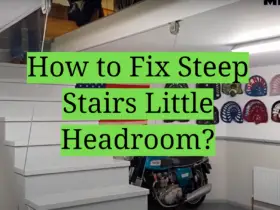
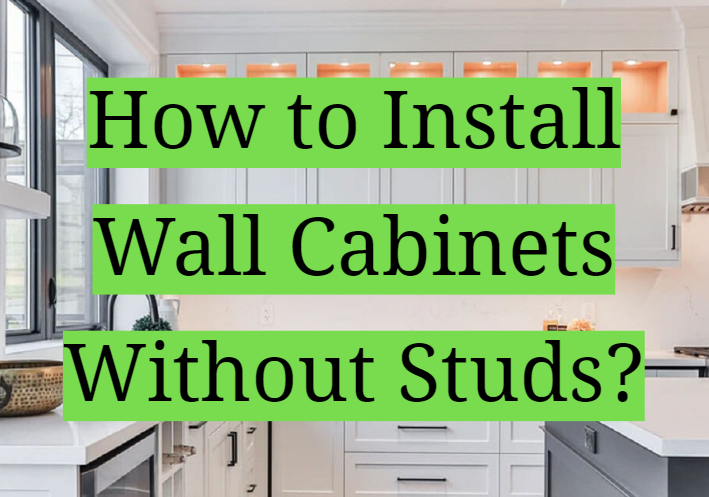
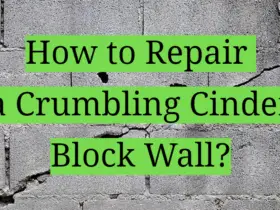



Leave a Reply